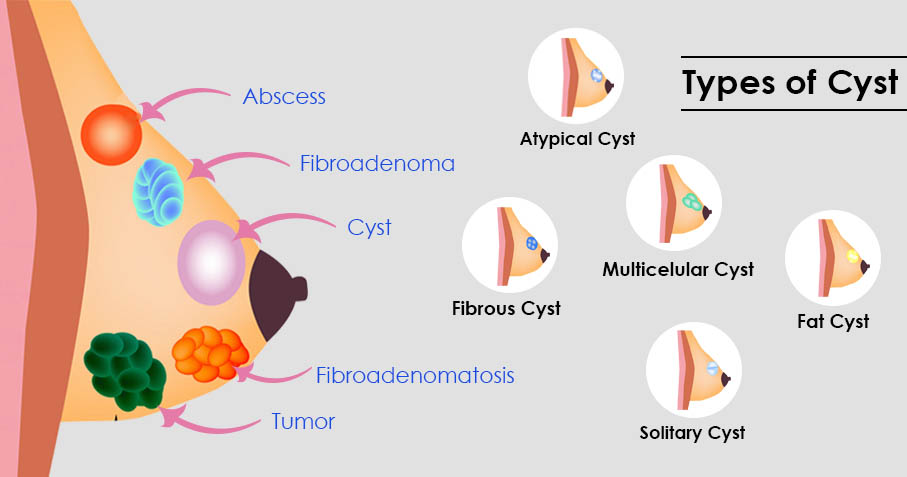
Fibroadenoma Diagnosis through Ultrasound and its Symptoms
Fibroadenoma is a common and benign breast tumor that primarily affects women in their reproductive age. While it is not life-threatening, proper diagnosis is crucial for effective management. This article aims to guide you through the process of fibroadenoma diagnosis using ultrasound and help you recognize its symptoms. By understanding these aspects, you can make informed decisions about your health and seek timely medical intervention if needed.
What is Fibroadenoma?
Fibroadenoma is a non-cancerous tumor that develops in the breast’s glandular tissues. It typically presents as a rubbery lump that can be easily moved around under the skin. Although it can occur at any age, it is most commonly seen in women between the ages of 15 and 35. Fibroadenomas are usually small in size, ranging from a few millimeters to a few centimeters.
Symptoms of Fibroadenoma
The most common symptom of fibroadenoma is the presence of a palpable lump in the breast. This lump is typically painless and has a smooth, well-defined shape. However, some women may experience pain or tenderness in the lump, which can vary depending on hormonal changes in the menstrual cycle. Apart from the physical manifestation, other symptoms are relatively rare. Nevertheless, it is essential to get any breast lump evaluated by a healthcare professional to rule out any potential risks.
Diagnosing Fibroadenoma through Ultrasound Ultrasound
imaging is a primary diagnostic tool used to identify and characterize fibroadenomas. This imaging technique uses sound waves to produce real-time images of the breast tissue, helping healthcare professionals visualize the size, shape, and internal composition of the lump. It is a painless and non-invasive procedure, making it suitable for women of all ages.
During an ultrasound examination, a transducer is gently moved over the breasts, transmitting sound waves that bounce back and create a detailed image on a computer screen. Additionally, the Doppler ultrasound technique may also be used to assess blood flow within the lesion. This information aids in distinguishing fibroadenomas from other types of breast abnormalities.
Can Ultrasound Confirm a Fibroadenoma?
While an ultrasound can provide valuable information, it cannot definitively confirm fibroadenoma. However, it can help differentiate it from other conditions, such as cysts or solid masses. Ultrasound imaging allows the healthcare professional to evaluate the shape, boundaries, and internal characteristics of the lump. In most cases, a fibroadenoma appears as a well-defined solid mass with smooth borders and a homogeneous echo pattern.
Other diagnostic tests, such as mammography or a breast biopsy, may be recommended to confirm the diagnosis or to rule out other potential concerns. It is crucial to communicate with your healthcare provider to determine the most appropriate course of action based on your individual circumstances.
Conclusion
Understanding fibroadenoma diagnosis through ultrasound is essential for effectively managing this common breast tumor. By seeking medical attention and undergoing an ultrasound examination, you can gather valuable information about the characteristics and composition of the lump. Early diagnosis allows for prompt intervention if required and helps alleviate any anxiety about potential risks.
Keywords:
- Fibroadenoma diagnosis
- Ultrasound for fibroadenoma
- Recognizing fibroadenoma symptoms
- Benign breast tumor ultrasound
- Fibroadenoma management
Titles:
- Fibroadenoma Diagnosis: A Comprehensive Guide
- Understanding Fibroadenoma Symptoms and Ultrasound Diagnosis
- Managing Fibroadenoma: Importance of Early Diagnosis
- Unveiling Fibroadenoma through Ultrasound Imaging
- Recognizing and Diagnosing Fibroadenoma: A Detailed Approach
Meta Description: Learn about fibroadenoma diagnosis through ultrasound imaging, recognize its symptoms, and make informed decisions about your health. Discover the importance of early intervention and management.

